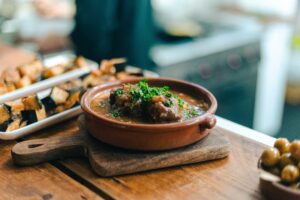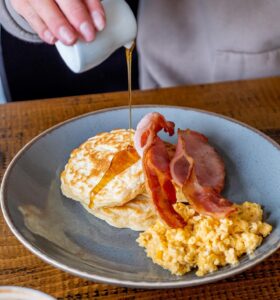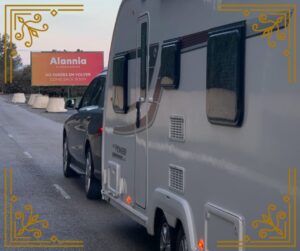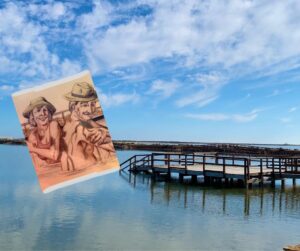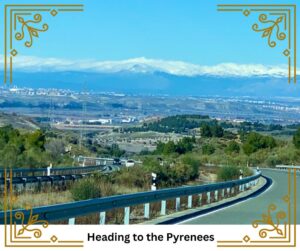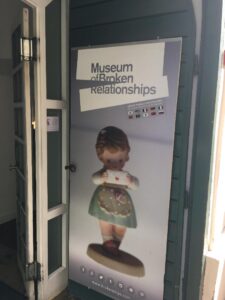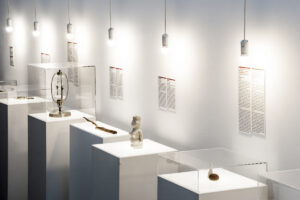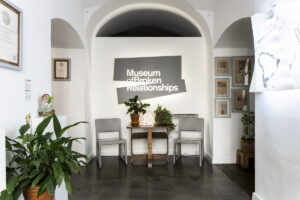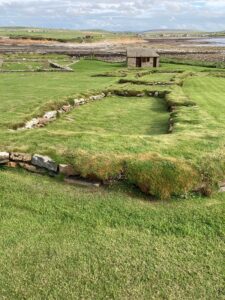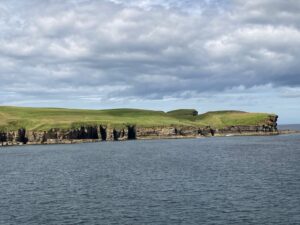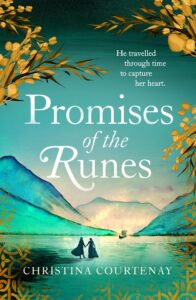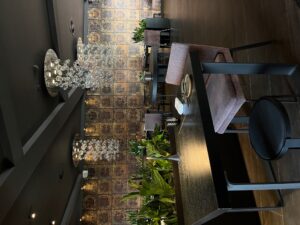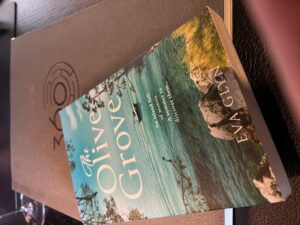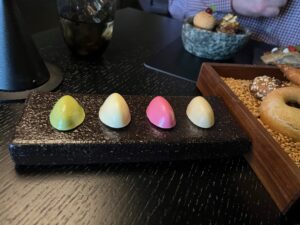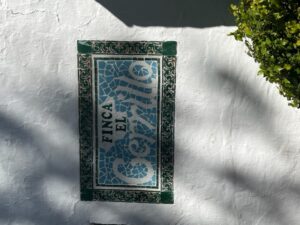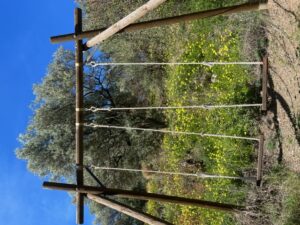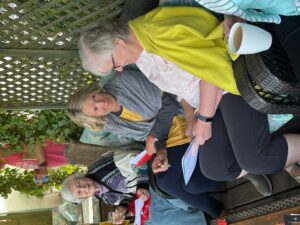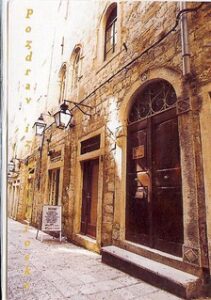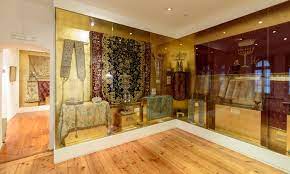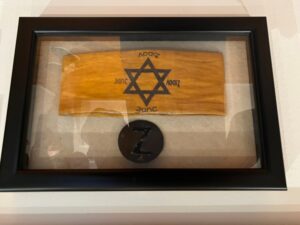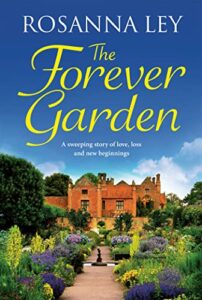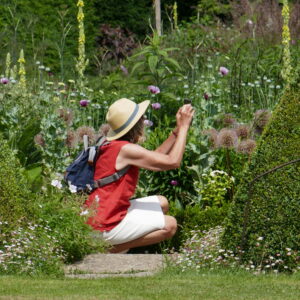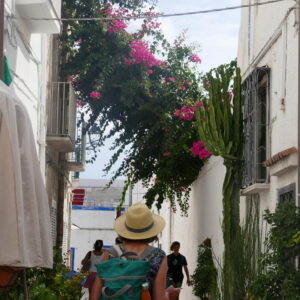I sometimes wonder how much, if any, of Cornwall is really hidden these days. It’s one of those locations that thrive on visitors finding something off the beaten track… even if that track is not much more than six feet wide and they’re towing a caravan.
Nevertheless, the county is my adopted home and I am sure I see it a little differently. For a start, I see it out of season; lashed by winter storms and on unreasonably soft and sunny spring days. I see city, countryside, and coast. I love its history and it inspires me. I love the people, because, let’s face it, the ones I know are my friends.
So as a taster for the first of these articles I’m going to write about another love of mine. Food and drink. And to give you a few ideas you may not have thought of if you find yourself hungry or thirsty in Cornwall this summer.
No, not in Spain, but every bit as delicious, with a fabulous atmosphere and seasonal menus suitable for vegans and meat-eaters alike, as well as – a big plus for me – gluten free options. I’m talking about Bodega 18 in Truro, our current favourite restaurant. There’s a branch in Falmouth too, but we haven’t tried it. We have no reason to when we can stagger home from this one.
TAP YARD
Very sadly for Cornish folk, Skinners Brewery went into receivership more than a year ago, taking with it not only its most famous beer, Betty Stoggs, but also its brilliant tap yard bar in Truro. It had an amazing outdoor area with a casual vibe and visiting food trucks, and filled with locals on Friday evening it was just the most laid back place to be.
The good news is that Goodh Brewing, who have taken Skinners over, will be bringing back the tap! Hopefully in July, just in time for it to start pouring with rain again.
WOOD FIRED
The St Kew Inn is rather less hidden since chef Andy Tuck appeared on the Great British Menu earlier this year, but it’s still in the middle of nowhere a few miles inland from Port Isaac, and not a place to tow your caravan to. It’s definitely worth a visit though, because the wood-fired food is genius. If you haven’t tried Baked Alaska cooked that way then you haven’t lived. Not only that, the welcome is super friendly too.
No 4 Breakfast & Bistro in Perranporth gets my vote every time. After a walk along the beach – which can be miles and miles when the tide is out – or a bracing swim – the portions here are as generous as the welcome. Even for the dogs… although the local cat who seems to own the garden can make life interesting for the pooches at times.
A GOOD HONEST PINT
Tucked away near Trevaunce Cove in St Agnes (or St Pirans, in my first Cornish Echoes mystery, The Forgotten Maid) is The Driftwood Spars. A pub, a brewery, a restaurant, and a guest house, all within a stone’s throw of a fab surfing beach with the added seasonal entertainment of some idiot who thinks it’s a good idea to park their very expensive car on the sand. Trust me, it happens. Don’t let it be you.
The bar of the Drifty is on the ground floor and their own beers are amazing, and perfect for me because they are brewed using a gluten free process.
Photo credits belong to the venue concerned as I never take pictures of my food!

